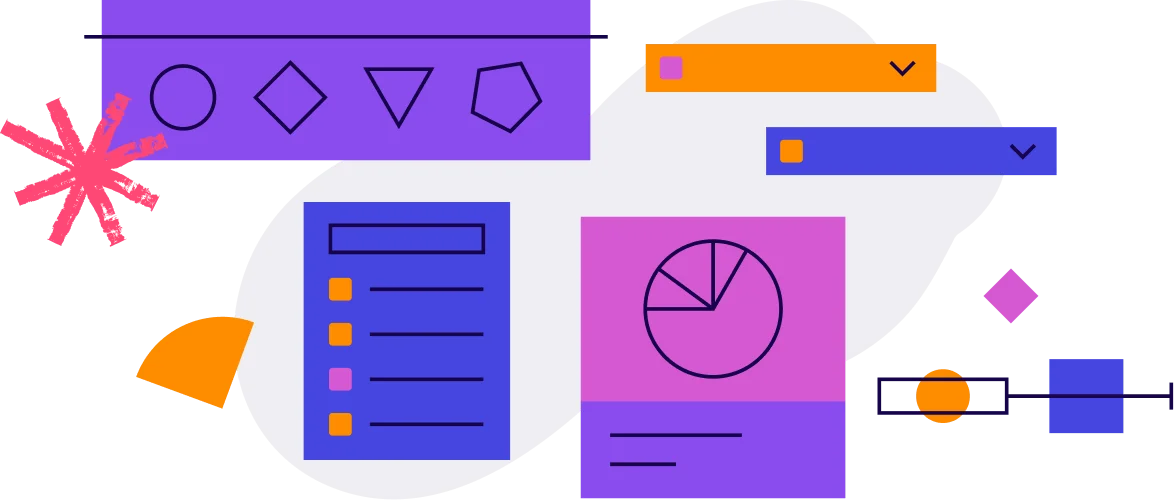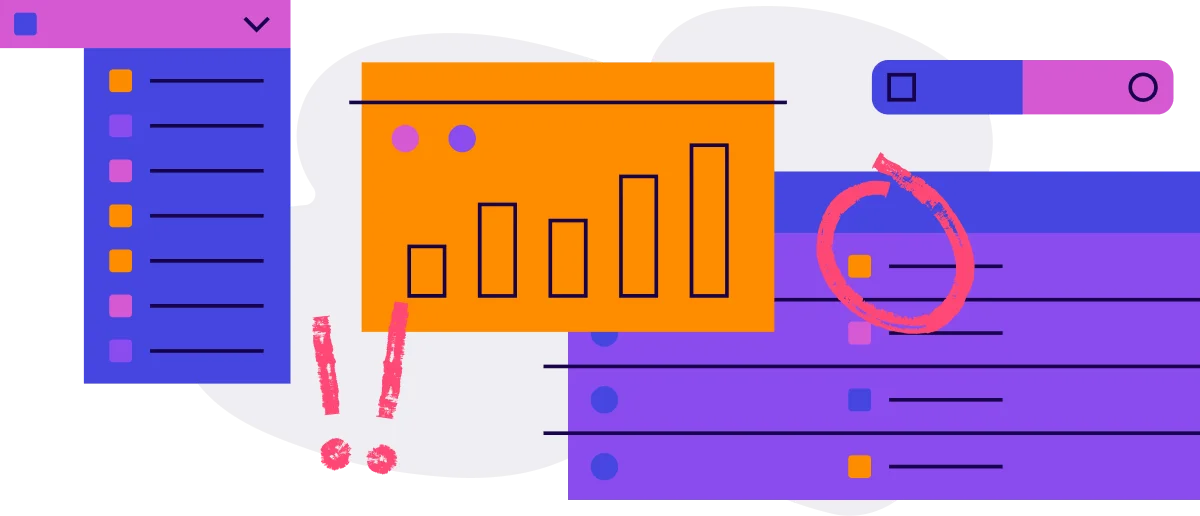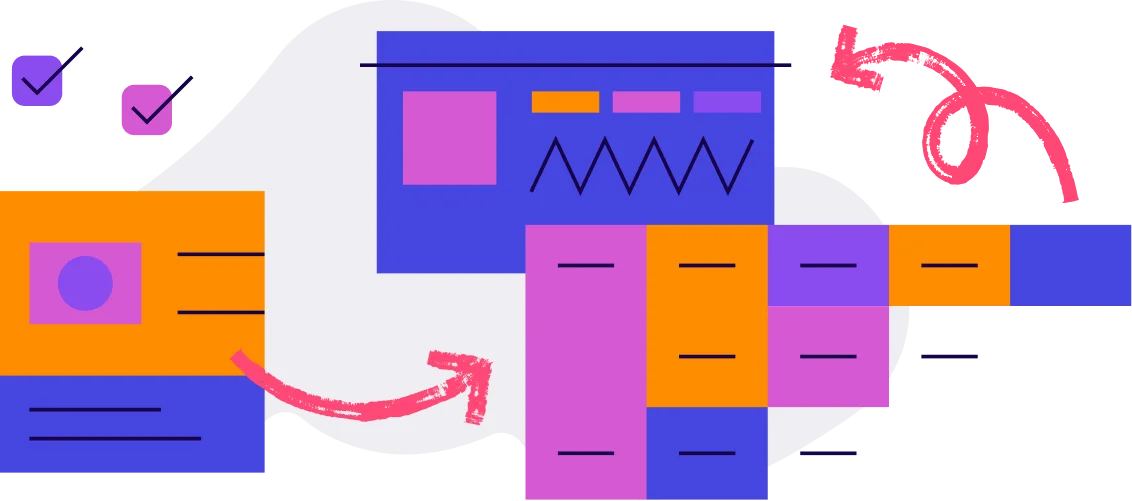 フェーズ1
フェーズ1User acquisition is the process of converting people into new users–or customers–for your product. For most companies, this metric directly links to revenue growth and is important to continue monitoring over time.

This question will help you understand how effectively you are attracting new users to your application or feature. It’s an important place to start when looking to understand growth for your product.
 フェーズ2
フェーズ2Once you’ve successfully acquired users, the next critical stage of growth is activation: ensuring those users understand your product’s value and continue to use it. Onboarding plays a central role in activation, making it crucial to reduce friction in the in-app onboarding experience.

この質問によって、ユーザーがアプリケーションにログインする頻度を把握でき、プロダクトが人々を引き付け続けているかどうかがわかります。単純ではありますが、プロダクトの使用状況を把握できるため、最初の質問には最適です。
This is another way of asking: “What’s the user journey map?” Seeing how users explore your product will start to shed light on which features they’re spending time on, and which areas they’re discovering early on. It also offers you the data needed to understand what they’re navigating to instead of desired events.
プロダクトの使用状況を大まかに把握できたら、焦点を絞って、ユーザーにとってどの部分が重要か、そしてそれが期待に合っているかの検証を開始します。これらのフィーチャーは、ユーザーが問題を解決するために使っているものを表しており、オンボーディングとプロダクト体験全体が正しい行動を促しているかどうかを理解するのに役立ちます。
ユーザーがプロダクトをどのように使用しているか、プロダクトの最も重要な部分が何であるかがわかったので、次は、ユーザーがこれらのページやフィーチャーをできるだけ簡単に見つけられるようにする必要があります。オンボーディング(およびアクティベーション全般)を成功させるためには、ユーザーにプロダクトの価値をすばやく簡単に見出してもらう必要があります。さもなければ、ユーザーに再び使ってもらう可能性は低くなります。
 フェーズ3
フェーズ3定着しているプロダクトであれば、ユーザーがすばやく価値を発見し、リピーターとなり、プロダクトが日常生活の一部となることで習慣的な使用が促されます。プロダクトの使用状況データは、プロダクトがこの基準にどの程度適合しているかを判断するのに役立ち、プロダクト体験を継続的に改善するための実用的なデータとして活用できます。

顧客がプロダクトを使い続ける中で、主要なフィーチャーを継続的に使っていることを確認する必要があります。主要なフィーチャーは、定着化や肯定的な顧客センチメントなどの結果と相関関係があります。
ユーザーがプロダクトにどのような価値を見出しているかを把握した後は、逆に「ユーザーはどこで行き詰まっているのか」に目を向けることが有効です。このようなユーザーは、さまざまな理由でワークフローに摩擦を感じている可能性があります。たとえば、何を求めてこのプロダクトたどり着いたのか、どのようにプラットフォームを操作するのかがわからないなどです。
これにより、プロダクトのどの部分がユーザーにとって無関係なのかを把握でき、フィーチャーの肥大化の回避やサポートコストの削減のために、最終的に廃止したいフィーチャーを明確にすることもできます。ユーザーがどのフィーチャーを最も使用しているかを把握するのと同様に、プロダクトの効果的な使用の妨げになっているフィーチャーがないかを確認することも重要です。
この質問に答えることで、プロダクトの通常の使用頻度が明らかになり、ユーザーセグメントやペルソナ間の使用パターンの違いを把握することもできます。最も重要なのは、時間の経過に伴う行動の変化を監視できることです。
Start by analyzing retention at the app level to know if your product is drawing users back consistently. Next, it’s useful to examine retention at the feature level, and specifically at an individual feature’s ability to keep users engaged. Ideally, the features you believe add value to the user experience will also correlate with continued usage of your product.
自分の目で確かめてください
日本支社の担当者がお客さまの状況に合わせたデモを提供いたします。
Not ready to talk to sales? Explore the Pendo on your own with a self-guided tour.
Pendoについて詳しく見る